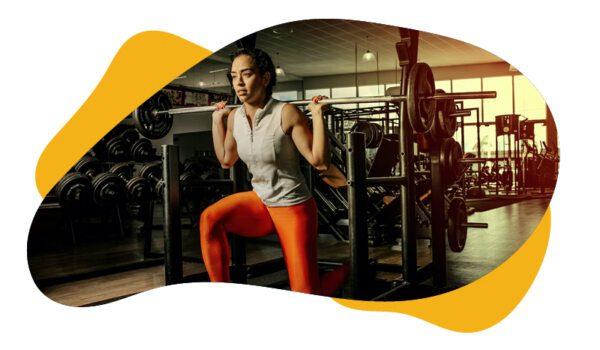Business Matters – Issue 24
We hope you like the new look and format of Business Matters – please spare 1 minute to let us know what you think. Take survey >
Why getting in shape for this tax year-end can set you up for future success
Spring is synonymous with fresh starts and opportunities to set new personal goals – with fitness endeavours always being popular options. But, while you might have made a pledge to get your physical self in shape, have you made the same commitment to your financial self?

As we head towards the end of the tax year on 5th April, it’s the ideal opportunity to rethink your goals for the year, make the most of the available tax breaks and get into tax-smart habits that will make a long-term difference to your personal and business finances.
In this special edition of Business Matters, we cover the end of the 2022/23 tax year and how to make the most of your allowances before the April deadline.
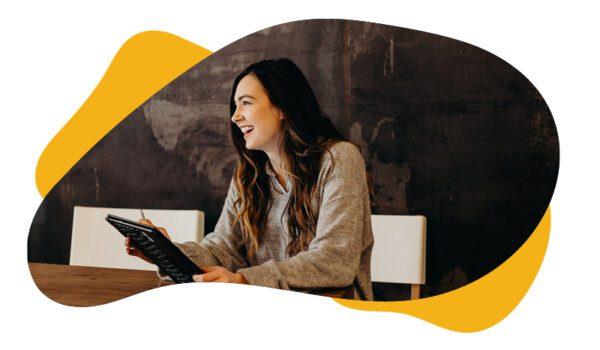
Seize the moment
Navigating the maze of taxes and exemptions that affect businesses and individuals can be hard work at the best of times, but this year there are several reductions in reliefs looming, too. With that in mind, it’s time to seize the day and give your future plans a good workout.
As with any potential fitness goals, making a plan can help set you up for success – helping identify and make the most of the allowances we can use that help our money go further. To help, we’ve created a handy tax year-end checklist to complete before 5th April:
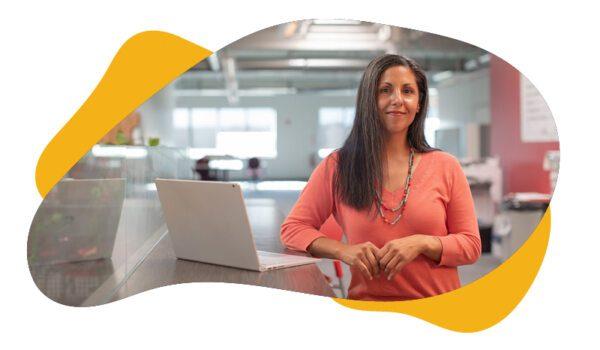
Three top tips for entrepreneurs
Tax may, understandably, not be top of your immediate to-do list when you’re a business owner or self-employed professional. But the reality is that not paying attention to it can result in material financial harm. There are some key updates to be aware of in 2023 – and how they could impact your decisions going forward.
- Beat the rise in Corporation Tax
One of the biggest changes for many incorporated businesses in the next few years is an increase in the rate of Corporation Tax.
From April 2023, the rate will increase from 19% to 25% on profits of more than £250,000. Companies with profits below £50,000 will pay 19%, while those with profits between £50,000 and £250,000 will pay a tapered rate up to the full 25%.
- Don’t forget the delay in making tax digital
Many self-employed professionals will be breathing a sigh of relief that the MTD ITSA – the latest stage of the government’s plan to digitalise the tax system – has been delayed from April 2024 to April 2026.
This stage will affect anyone with self-employment income and property income – and will mean you have to digitalise books and records, and report them quarterly to HMRC, with a final end-of-year submission.
Although the delay will be welcome news, if you get into the habit of keeping your paperwork up to date, you’ll make life much easier come the time to transition to MTD ITSA. You can use the HMRC app to organise your paperwork – it’s a useful resource for getting your papers in order and finding the correct tax codes and other official information.
- Make note of dividend allowance changes
The Chancellor has also set his sights on the dividend allowance (the amount you can earn from company dividends before Dividend Tax is charged). Currently, the dividend allowance is £2,000, but from 2023 it will be halved to £1,000 and then halved again to £500 in 2024/25.
Despite numerous announcements and subsequent reversals, the dividend tax rates will remain unchanged between the 2022/23 and 2023/24 tax years. At the time of writing, the Dividend Tax for basic-rate taxpayers in 2022/23 will stay at 8.75% and for higher-rate taxpayers, it will be held at 33.75%. For additional-rate payers, it will remain at 39.35%.
Many business owners take personal remuneration from a combination of salary and dividends – the most important thing is to make sure it’s tax efficient. Getting advice from an adviser who’s up to speed with changing legislation will help you ensure you don’t pay more than necessary, especially with the upcoming changes in the 2023/24 tax year.
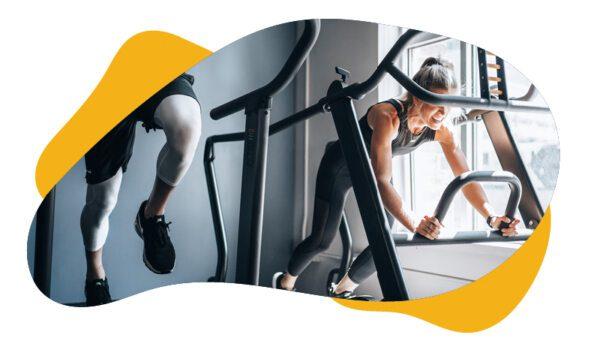
Four personal allowances you shouldn’t miss
As well as ensuring your business taxes are in good form before 5th April, it’s important to ensure your personal investment strategy is still working hard for you. To help you stay on top of your finances this spring, we’ve created a tax year-end checklist:
It’s always a good idea to take advantage of your annual tax reliefs and allowances wherever you can. But this year, it’s more important than ever, as Chancellor Jeremy Hunt has recently announced reductions to a number of key allowances as part of his attempts to shore up the nation’s finances.
What’s more, no matter what your personal circumstances are, the cost-of-living crisis is beginning to bite. Using your personal allowances can help lay the right foundations for your financial future.
Here are the ‘big four’ personal allowances not to miss out on. Remember, the majority of these allowances work on an annual basis – use it or lose it!
- Your ISA allowance
- The ISA tax-free allowance remains at £20,000, so it makes sense to put away as much as you can afford since you don’t pay Income Tax or Capital Gains Tax on any interest you earn.
- Use it or lose it – top up your ISAs before the end of the tax year or you’ll miss out.
- Opening a Junior ISA means you can save up to £9,000 tax-free for your children or grandchildren, helping to get them off to a great start later down the line.
- Your pension allowance
- Using your full pension allowance – up to £40,000 in a single tax year or 100% of your earned income, whichever is lower – can make a big impact on your financial well-being in later life. Remember that income from a rental property is not considered earned income.
- And if you’re over the additional taxpayer threshold, a timely pension contribution before tax-year end can bring you back down below the threshold again (more on that later!).
- HMRC will let you carry forward any unused allowances from the three previous tax years – starting with the earliest tax year first. So top up your pension before 5th April if you can afford to.
- Your £3,000 gifting allowance
- If your beneficiaries will likely pay Inheritance Tax (IHT) when you die, you may also want to think about using your gifting allowances.
- Using your annual tax-free gifting allowance of £3,000 (or £6,000 between couples) means that you’re reducing the overall value of your estate when it comes to the final tally of IHT.
- Plus it’s back-datable. You can carry the allowance over for one tax year, meaning you could give away up to £6,000 (or £12,000 for couples).
- Even if you give away more than that, the amount will become IHT-exempt if you survive for seven years.
- There are also separate allowances for wedding gifts to family members, but they aren’t annual.
- Your Capital Gains Tax allowance
- If you’re planning to sell investments or assets, the changes to Capital Gains Tax or CGT this year are particularly relevant to you.
- This is the last year that you’ll be able to claim the full £12,300 CGT allowance, which is the amount you can make before you start paying tax. Following the Chancellor’s announcement in the Autumn Statement, the CGT allowance will be more than halved to £6,000 from 6th April 2023, before it halves again in 2024/25 to just £3,000 a year.
- There are a number of steps you can take to mitigate a CGT bill, including selling off assets over several tax years and taking advantage of your spouse’s allowance.
- With such significant reductions to the allowance looming, investors with high-ticket assets to sell should check in with a financial adviser and start planning ahead.
Beware the 45% tax trap
One of the biggest changes announced in the Autumn Statement was the reduction of the additional-rate income tax threshold, dropping from £150,000 to £125,140 from 6th April 2023. Thousands of taxpayers will be pushed into this higher tax band, paying 45% tax on any income above the new limit.
So, how can you ‘reduce’ your income to bring it back below the threshold? The quickest and simplest way is to pay more into your pension before tax-year end, so you reduce the earnings that fall into that bracket. This way you save Income Tax and boost your retirement fund at the same time.
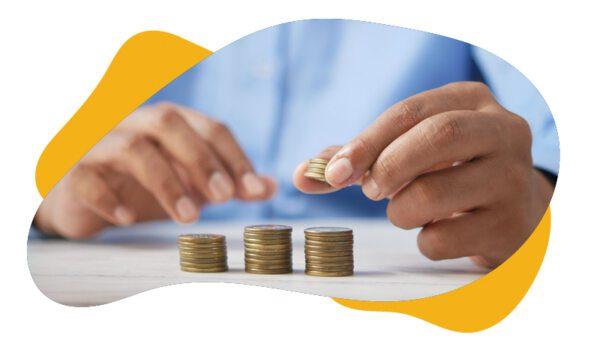
Spotlight on: ISAs
As the tax year comes to a close, and you’re checking that you’ve made the most of all your tax-free annual allowances, it’s a perfect time to review whether you’re still getting value for money from your Cash ISAs.
This year, interest rates have risen significantly and that looks set to continue into 2023, or until the economy stabilises again. However, although your Cash ISA savings might be performing better than in previous years, with inflation still high, the spending power of your money is going down in real terms.
To get the most out of your ISAs in the long term, you need your returns to beat inflation, not fall short of it. If you’re holding a lot of money in Cash ISAs or cash accounts, you may miss out on growth that could go a long way to help you achieve the lifestyle you imagine in years to come.
Many people find that financial well-being and security comes down to a combination of both Cash and Stocks & Shares ISAs.
So before the end of this tax year, it’s worth having a chat with us about your own personal ISA mix to see whether Stocks & Shares ISAs should be playing a bigger role in your personal financial future.
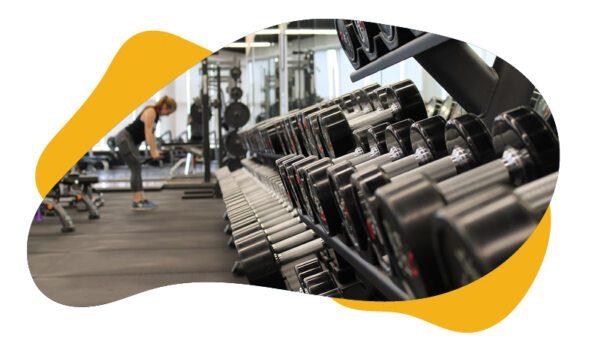
Break the habit
At the end of every tax year, there’s a flurry of activity as people scramble to make the most of their tax reliefs and allowances. But you shouldn’t just have your eye on 5th April when you’re thinking about tax planning – it should be carried out all year round.
After all, tax matters cut across most aspects of your personal finances, and good money management habits make us feel more confident and in control of our finances, as well as keeping us on track to achieve our long-term goals.
Take action now – with so many other aspects of our lives changing on an almost daily basis, it’s good to know that making tax planning a habit is something practical you can do to help your short- and long-term financial well-being.
A professional adviser can help make your good intentions stick – contact us today to find out more.
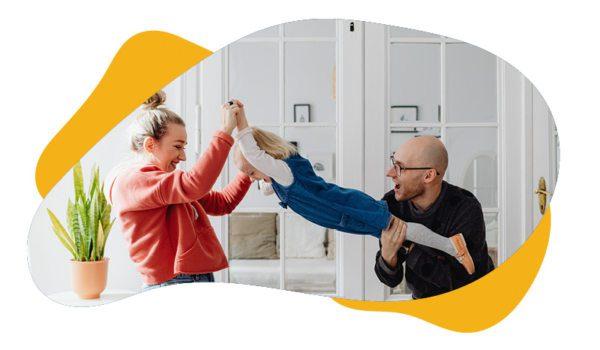
Your trusted guide
As we’ve seen, the valuable tax reliefs and allowances can help to give us and our families that much-desired long-term financial security. But, with so many moving parts – not to mention the pressures of running your business – having to make tax-smart, informed decisions can be daunting.
One way of making sure you’re maximising your tax allowances is consulting a professional financial adviser. We can help you optimise any money coming into your business and make decisions for the future of your business and your personal finances in the years ahead.
Looking back to the fitness goals metaphor, a financial adviser is much like your personal trainer – we’re experts in our field, can help you create a personalised plan and will regularly review it (and tweak it if need be) to keep you on track.
At Wellesley, we’re always up to speed with the latest changes which means we’ve always got your back. We’ll flag any changes – positive or negative – that could impact your personal or business finances and what they mean for your broader plan.
With the right advice, it’s possible to maximise tax efficiency while continuing to focus on the everyday running of your business. Talk to us throughout the year, and we can make sure you take advantage of reliefs and allowances wherever you can.
Together, we’ll keep your business moving in the right direction.
SJP Approved 28/03/2023

